Separate experiments, each of over 100 sentences, provide a strong proof of concept that Quantum Natural Language Processing is within reach.


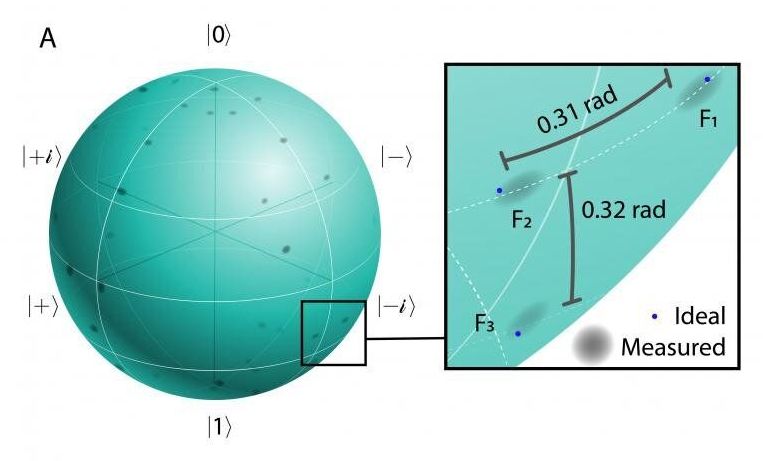

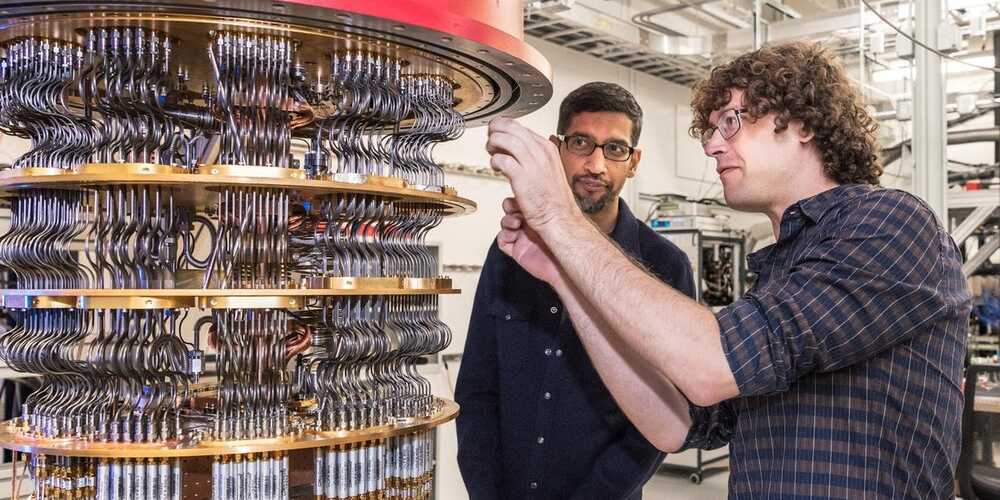
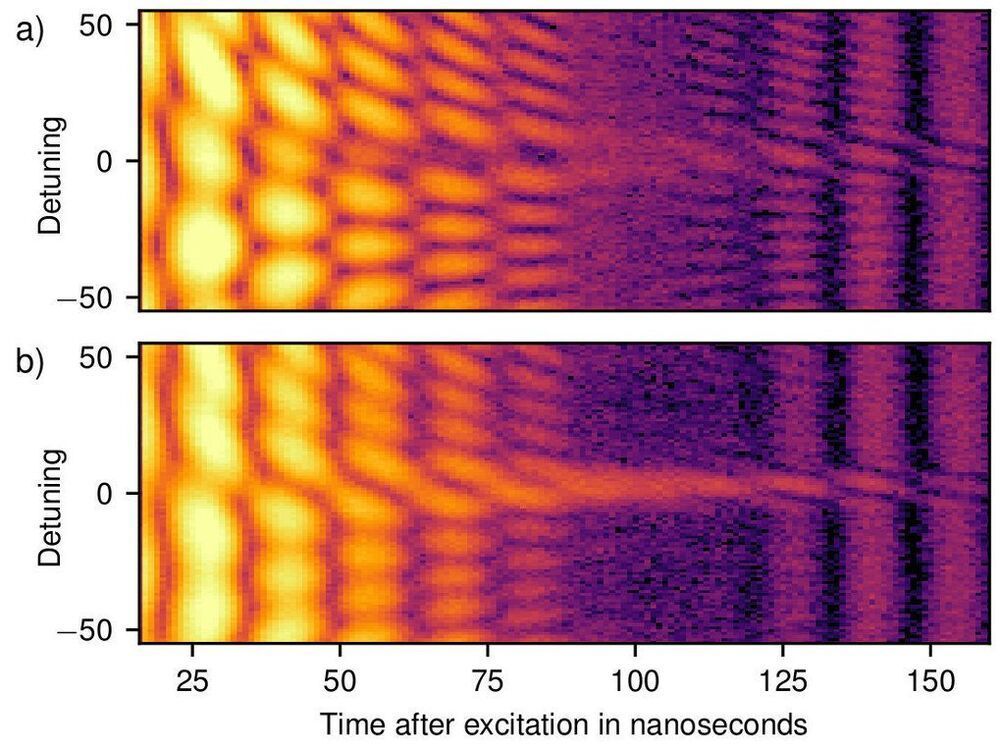
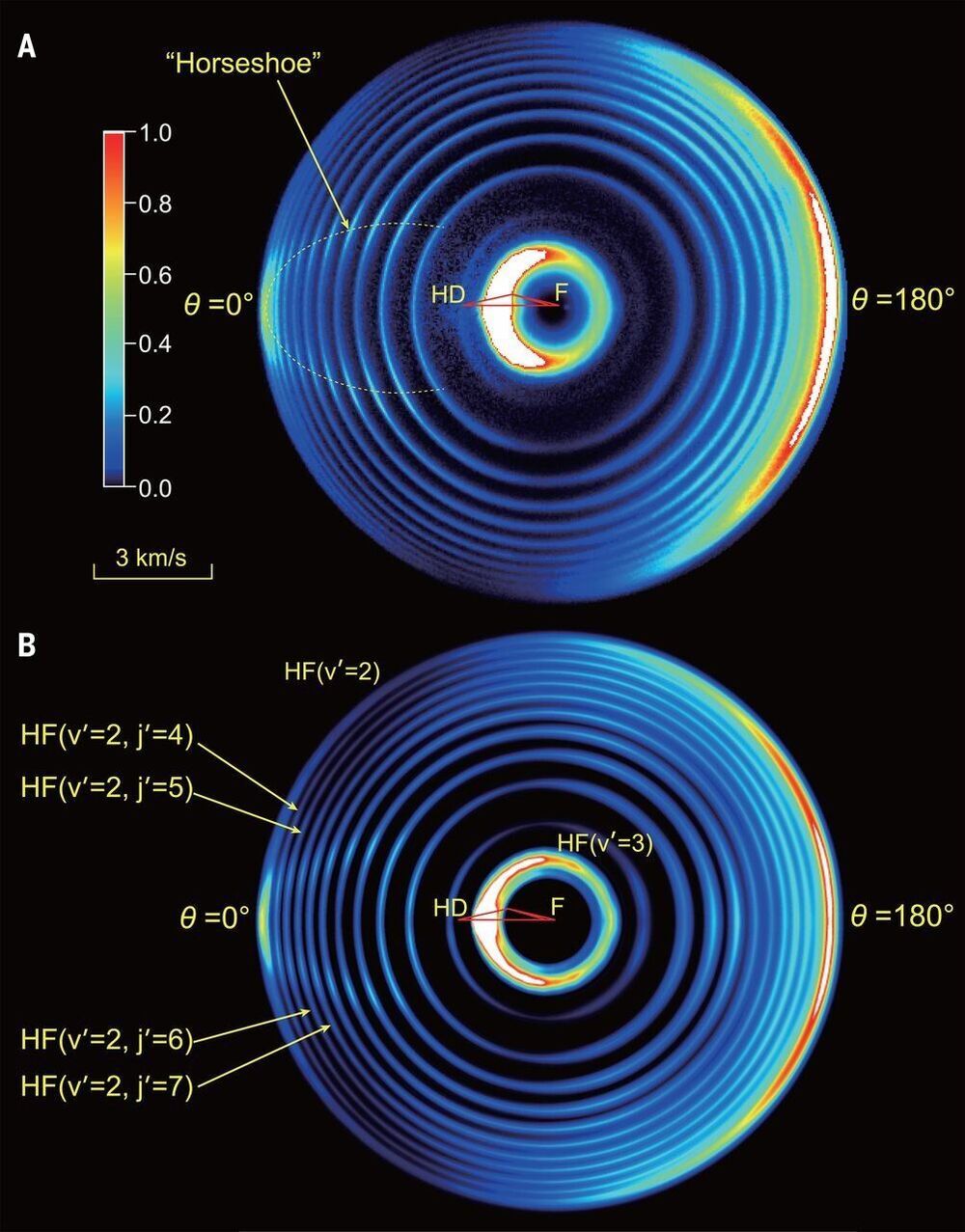
A team of researchers from the University of Science and Technology of China, the Chinese Academy of Sciences and the Southern University of Science and Technology, has discovered a thought-provoking pattern in cross-sections observed in an F + HD → HF + D reaction. In their paper published in the journal Science, the group describes their double-pronged approach to learning more about the role of relativistic spin-orbit interactions in chemical reactions. T. Peter Rakitzis, with the University of Crete, and IESL-FORTH, has published a Perspectives piece in the same journal issue outlining the difficulty of studying chemical reactions at the quantum level and the work done by the team in China.

Oak Ridge National Laboratory scientists demonstrated that an electron microscope can be used to selectively remove carbon atoms from graphene ’s atomically thin lattice and stitch transition-metal dopant atoms in their place.
This method could open the door to making quantum building blocks that can interact to produce exotic electronic, magnetic and topological properties.
This is the first precision positioning of transition-metal dopants in graphene. The produced graphene-dopant complexes can exhibit atomic-like behavior, inducing desired properties in the graphene.


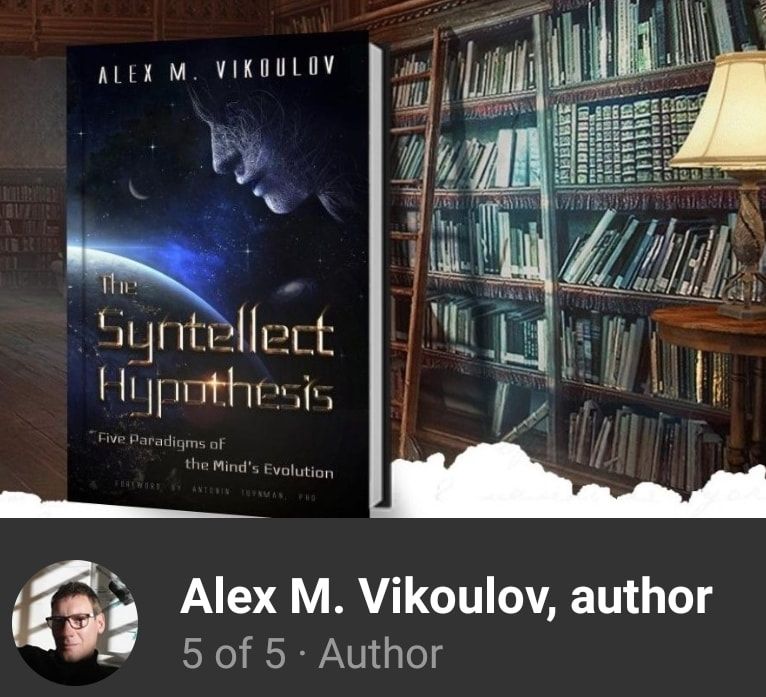
Now cosmology inches towards the next paradigm shift: One of the most mind-boggling discoveries of modernity is that the fabric of spacetime is emergent from something beneath it. “[O]ne new theory says that Dark Matter may be ordinary matter in a parallel universe. If a galaxy is hovering above in another dimension, we would not be able to see it. It would be invisible, yet we would feel its gravity. Hence, it might explain Dark Matter,” in the words of Michio Kaku as an opening quote to this article. #DarkMatter #DarkEnergy #QuantumGravity #ComputationalPhysics #MTheory #DTheoryofTime #OmegaSingularity #pancomputationalism #multiverse #ontology
Dark Matter could be ordinary matter in the “probabilistic space” and “phase space” (5th and 6th dimensions of M-theory), possibly with “dark star systems” and life, imperceptible to us at our current level of development. In turn, Dark Energy could be a.